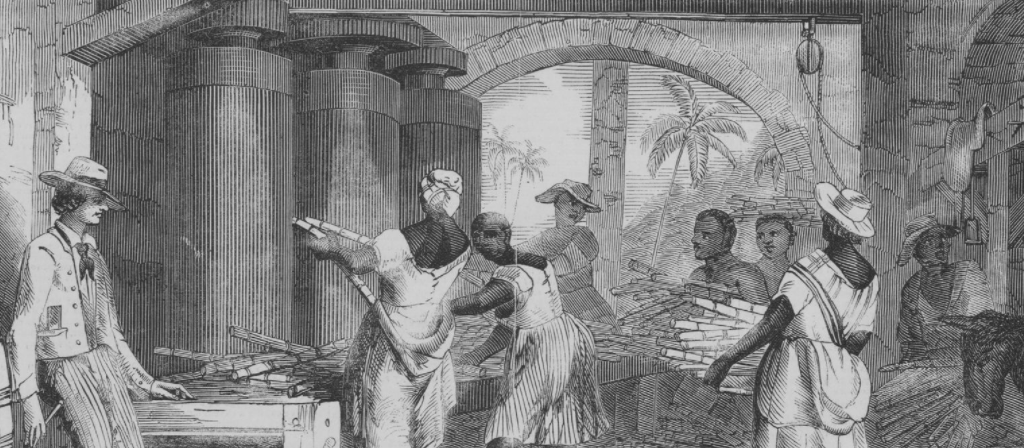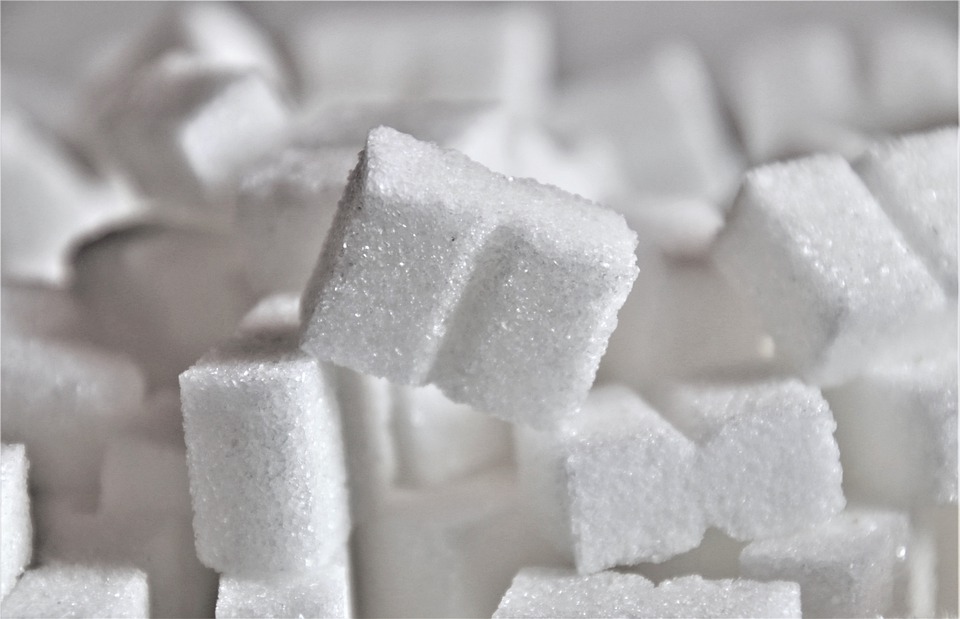By Srishti Khurana

We Indians are a population who love their sweets. From Rasgullas and Jalebis to cookies and cake. We don’t discriminate when it comes to satisfying our sweet tooth. Every festival from Ganesh Chaturthi to Holi to Eid each has its own set of specific desserts per occasion. Our love for the sweet and delicious has a long history to it. Although it is believed that the people from New Guinea were the first to domesticate sugarcane, it was in India during the Gupta Dynasty that sugar was first crystallized. As mentioned in Hindu writings, sugar was used in religious offerings to the gods and was even put in the ritualistic fire or the “havan”. This crystalized sugar was much different from the table sugar that we use today. “Shakara” is the Sanskrit word for sugar and means gravel or sand and “khanda” is where the word ‘candy’ comes from. It was less refined and was made by simply crushing of the cane, extracting the juice and then boiling down to crystallize. After its reach spread to the European continent, more refined forms came into existence. It is also believed that sugar was earlier used only as fodder to fatten pigs and later became a part of the human diet by accident.
Sugar as a medicine
Sugar’s role in the lives of people was very different from what it is today. It was used as a medicine in the 12th century. It was believed that consuming sugar could cure fever, cough, pectoral ailments, chapped lips, stomach diseases, and more. These believes had their roots in Islam. The strangest part is that people were prescribed sugar as a medicine by doctors and they did get better even though there is scientific proof that shows this isn’t possible. The only plausible explanation to this is the placebo effect it had. Sugar tablets are stilled used in placebo therapy.
White gold
Sugar making was a secret known only to a few for a very long time. It was very expensive and brought sizeable profits to the Arabs who spread this technique later to Spain and other countries. It was Christopher Columbus who took sugarcane plant to America which led to plantations being set up in West Indies and South America. It became a rare and expensive commodity having a status similar of that of spices like saffron and nutmeg. The price of sugar in 1319 AD Britain was two shillings a pound which is equivalent to US $100 per kilo presently. Only after 1874 when the high tax on sugar was removed did it become available to the common people. It became such an essential food ingredient that Napoleon ordered sugar beet to be grown in France during the 19th century when the English put a sugar blockade. These were also used in England at the time of 1st world war when sugar imports were threatened.
In the records
References to sugarcane cultivation can be found in in Atharva Veda, Kautaliya’s Arthasastra, Tamil literatures like Purananuru, Ainkurunuru, Perumpaanaatruppadai, Paṭṭiṉappālai and Akananuru. They mention about preparation of Gur, crushing of sugarcane. In Hinduism religious offerings consist of five elixirs which are milk, curd, ghee, honey and sugar.
Indian sailors used to consume ghee and sugar and carried sugar to various countries. Buddhist monks might have taken sugar crystallization techniques to China. Chinese records mention 2 missions to India, started in 647 AD, for getting sugar manufacturing technology back to China. They started a plantation in the 7th century. It was also taken to the Persians which was how it spread in the world.
The Hindi word for sugar “Chinni” interestingly comes from the fact that a sugar refining factory was set up back in 1780 in Kolkata by a Chinese businessman called Yang Daijing called Atchew by the Brtitish after whom “Chinni” meaning a Chinese national also became the word for sugar.

The sugar we made
We might have been the ones to discover how to make sugar but the spread of sugarcane plantations to other countries came with its own evils. Sugar revolution brought with it the horrors of slave trade. Many Indians were also sold and kidnapped; sent to the Caribbean Islands and South Africa to toil in the fields and live a life of deplorable deprivation. They replaced the enslaved Africans as Indentured labours. This is the reason for a significant presence of people having an Indian ancestry in the Caribbean Islands and South Africa.
Industry in India
The first sugar plant in India was established by the French at Aska in Orissa in 1824 which was maintained by Late James Fredrick Vivian Minchin. In 1840, a sugar industry was set up in Betia (Bihar). Modern sugar manufacturing industry in India developed in first decade of the twentieth century. Indian sugar industry is the largest Agro-based industry in India second only to cotton textiles.
The fruits of their hard work
India is the largest consumer and the second largest producer of sugar. The farmers who grow sugarcane are suffering badly from cycles of debt to receiving low prices in the global market. Recently a newer variety of the sugarcane crop was received which has improved the yield of the crop which has caused the problem of excess production. This again has put our farmers in a situation of crisis. They are not paid by the factory owners who buy their produce at time. This builds up pressure with the increasing interests on the loans they had to take in order to cultivate the crop in the first place.
Conclusion
The history of sugar is as intriguing as any. It is the only commodity to have a revolution to its name. From being considered as precious as gold and an effective medicine, it has now been tagged as the “sweet poison” which is a bit too accessible. The sugar industry has been blamed for hiding facts against its potentially harmful effects from the masses for the longest of time. We are living in a reality where truth is subjective and changes with an indigestibly fast speed. What stays constant is the greed we just can’t control. As the farmers taste the bitter afternotes of sugar this white gold loses its shimmer.


Very informative article